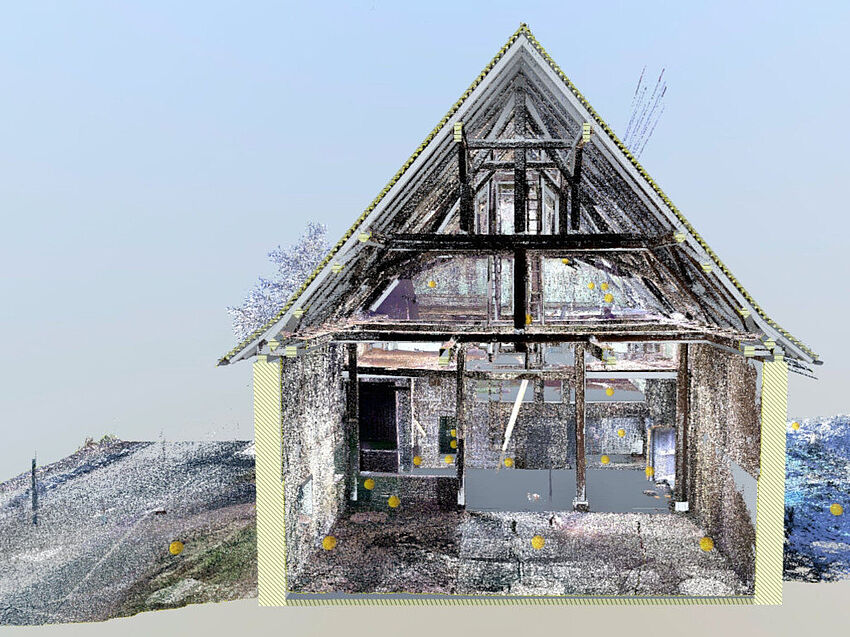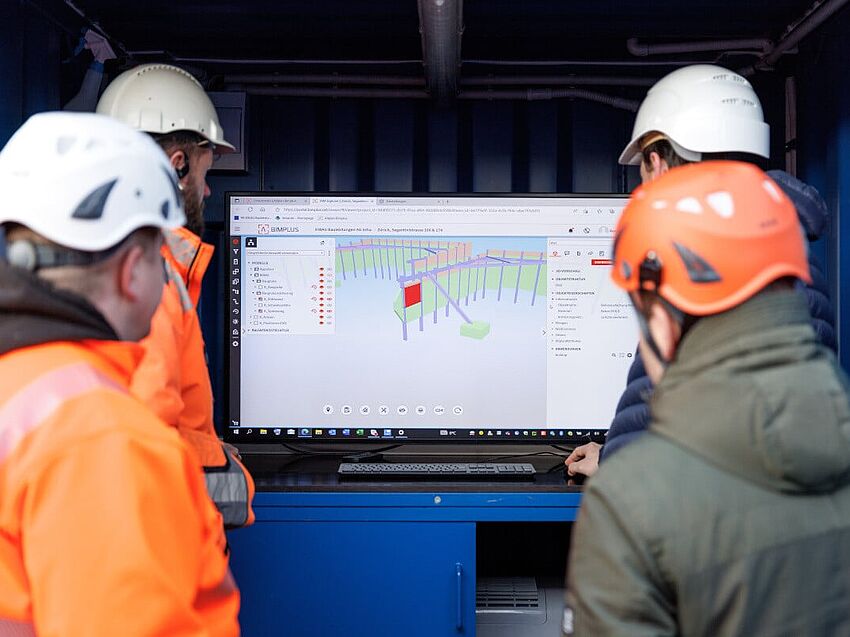In 1991, Womack, Jones and Ross, scientists at the Massachusetts Institute of Technology, published the book “The machine that changed the world”. This was the first time they brought the term "Lean Management" into public debate. 25 years later the concept has developed further: not only does it concern efficiency increases and cost reduction but also humanity. In this post we will explain to you which areas are covered by Lean Management and which interfaces exist with Building Information Modeling (BIM).

Lean Construction Management is more than a method
Lean Management is a culture which permeates right through a company. It is all about process optimization and utility maximization which lead to greater customer focus and cost reductions. This approach is applied on a cross-industry basis, also in the building industry. Here, it is known under the name “Lean Construction Management”.
Security, quality, humanity, delivery reliability and costs are the central aspects of Lean Management. For architects and civil engineers this means the qualitative approach which they want to continually improve. Mistakes arepermitted. They can achieve the best possible value creation with the derived modifications. The culture of Lean Construction is closely interconnected with Total Quality Management and Kaizen, a work method from Japan.
It also includes uniquely defined processes, which can be internal or cross-company. Responsibilities and channels of communication necessitate a logical organization to enable the workflows to harmonize. Standardization allows a greater degree of certainty, a better cost management and reliable statements concerning delivery deadlines.
If an architect’s office seeks to integrate Lean Construction Management it is also important to include personnel. Whilst the employees actively co-determine and assume responsibility their motivation increases and their awareness for this culture. A commitment to sustainability and economic efficiency is firmly entrenched in this concept, two ideas which show the way ahead in construction for the 21st century.
BIM and Lean Construction are closely linked
In the case of Building Information Modeling (BIM) it also concerns more than a method. Besides the goal of raising the efficiency of building projects, in particular transparency, communication and cooperation play a key role. At its core, a digital building model which makes it possible to simulate design and future use of a building and also construction processes or interaction of different sectoral planning.
Construction errors are also identified in the planning stage, necessary improvements can be implemented early and on an ongoing basis. This raises cost security and quality of the subsequent building for builders and investors. BIM also pursues the goal of a collaborative partnership between all project participants. They can view the BIM coordination model, apply changes and exchange data with each other. All construction-relevant information is available centrally.
Building Information Modeling functions in a planning office only if the employees support this working method and they are involved rigorously in change processes. In this respect, there are further overlaps with Lean Management.
Lean Construction Management and BIM adopt similar approaches
The BIM planning method and the culture of Lean Construction Management determine the character of a company from within. Both are part of the corporate strategy. They change and optimize work processes. They enable a higher quality of building projects and more security involving costs and schedules. For BIM, communication and cooperation are decisive characteristics. In the case of Lean Construction Management not only is process optimization paramount but also a focus on the values, requirements and ideas of the clients. With both approaches companies seek to work economically and sustainably.




